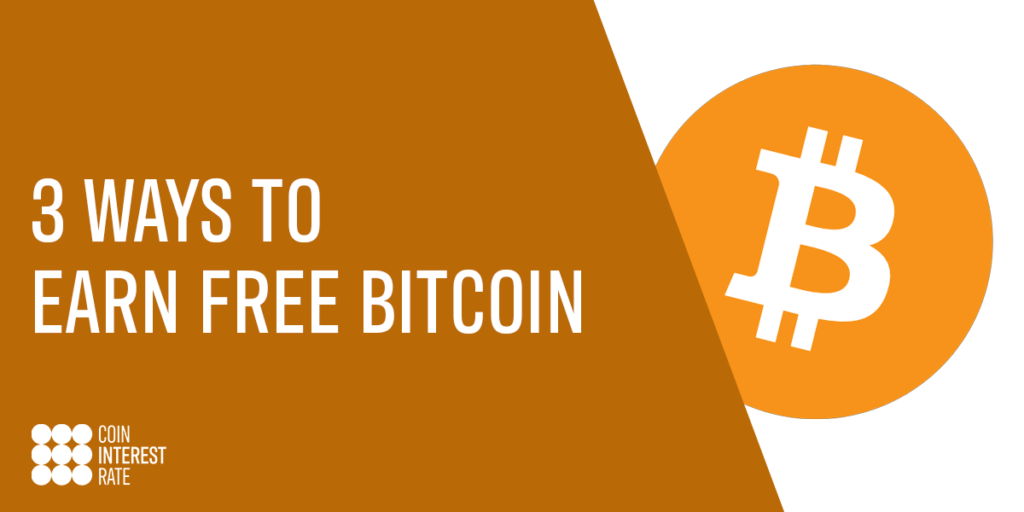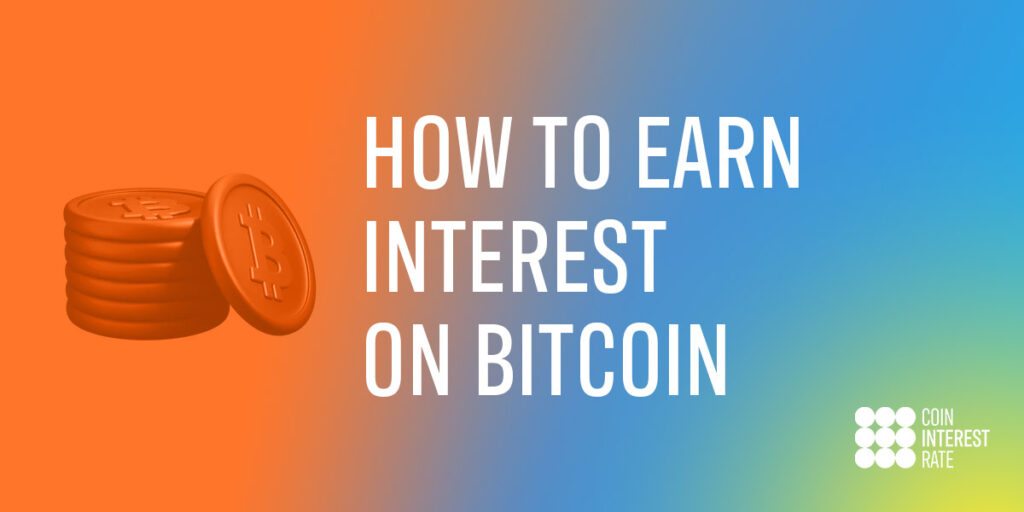This post is from 2022, so it contains some dated information. However, there is still valid and important information you should consider.
While it would be easier to just stick our head in the sand and ignore the recent anxiety-inducing headlines impacting some of the most popular crypto interest platforms, we’d rather share an update about what’s going on in this industry and impacting our community during the current market volatility.
History of risk in lending
Looking back in time, a documented but much smaller-scale bankruptcy impacted custodial lending company Cred Inc. and its users. Cred was founded in 2018 and operated as a lending and borrowing service across 140 countries.
A liquidity crisis, compounded by a hack, led to a Chapter 11 bankruptcy. The team behind the platform quickly disappeared, social media accounts were deleted, and the website was taken offline. Erased from existence.
About 10,000 customers using Cred lost a combined $115 million USD.
Critically, Cred’s business model was not transparent, and its lending relationships were not as secure as they had described. A combined effect of custody risk, counterparty risk and currency risk lead to their demise. Learn more about their bankruptcy.
Since crypto and crypto lending services are not regulated, business practices are not under the same level of scrutiny that you see in tradfi or investment products. Is it time to see more regulations to protect customers? Read more about potential regulation solutions and challenges.
What’s going on now
To avoid the same mistakes that took down Cred, other lending services have taken some pretty drastic measures to protect deposits and retain solvency amid the recent bear market conditions.
- Celsius Network: paused all withdrawals, filing Chapter 11
- Voyager: paused all withdrawals, filing Chapter 11
- Finblox: limited withdrawals to $50,000 USD/day
- Vauld: paused all withdrawals
- CoinLoan: limited withdrawals
- Hodlnaut: paused all withdrawals
- Freeway: paused all withdrawals
- FTX: announced bankruptcy
- Blockfi: paused all withdrawals due to FTX bankruptcy
- Liquid: paused all withdrawals due to FTX bankruptcy
- InLock: paused all withdrawals
- Gemini Earn: paused withdrawals in the Earn program
- Donut: paused all withdrawals
- MyConstant: paused all withdrawals
Celsius Network was a very popular platform with 1.6 million users, so the total freeze on deposits has been felt far and wide.
Voyager had recent, significant losses connected with the unraveling Three Arrows Capital (3AC) and its issues with repaying debts. Voyager said in a message to investors that it is owed 15,250 BTC and 350 million USDC, and the company gave 3AC a deadline to pay back the funds. On July 1, Voyager announced a full pause on withdrawals to preserve the longevity of the service and a few days later filed for Chapter 11 bankruptcy proceedings.
Where we are heading
What will ultimately happen with these embattled services? Will the market improve and ease some of the burdens? Or will more run and sell-offs lead to further cracking in the foundation, leading to additional cascading failures? Are the business tactics these platforms based upon sound, or are they not as described? It’s hard to tell with any certainty and is often the foundation of fear, uncertainty and doubt (FUD) that is currently spreading.
Minimizing your risk
The only way to minimize risk entirely is to remove all funds into offline wallets. But, we feel this might only make sense for the most fearful and technically minded. Diversifying your cryptocurrency exposure in terms of coins (a healthy blend of BTC, ETH, stablecoins, and a few alts you feel could be a long-term play) and in terms of platforms/wallets (exchanges, crypto interest/lending accounts, and some more traditional software wallets, ie, Exodus) would be a prudent move for many while still getting some return beyond price appreciation and are significantly easier to manage for most users.
There is no such thing as a risk-free environment, and holding crypto has been high-risk/high-reward since inception. The trend merely continues on.
Please note this article is not financial advice. Everyone’s goals, assets, and risk profiles are unique.











